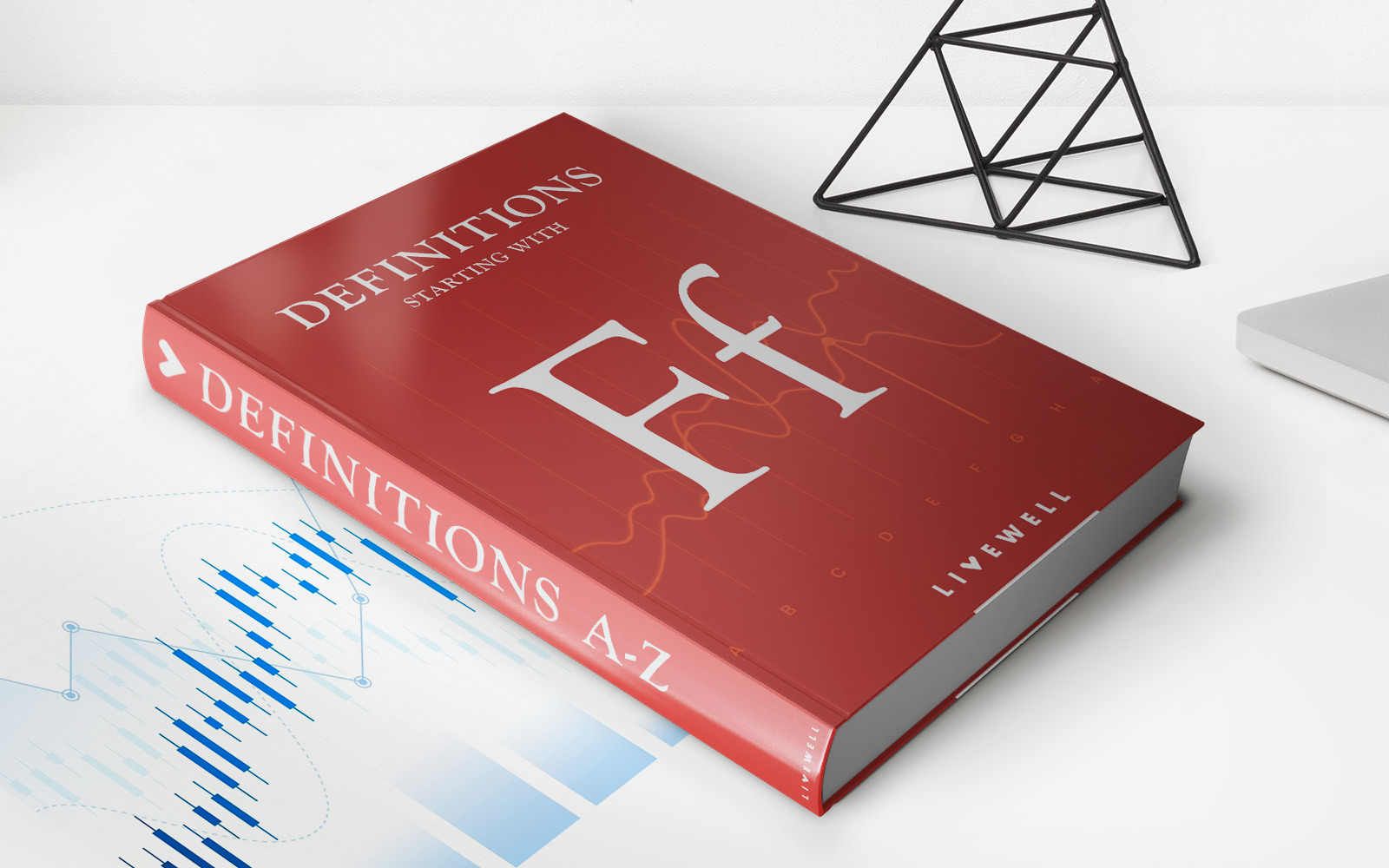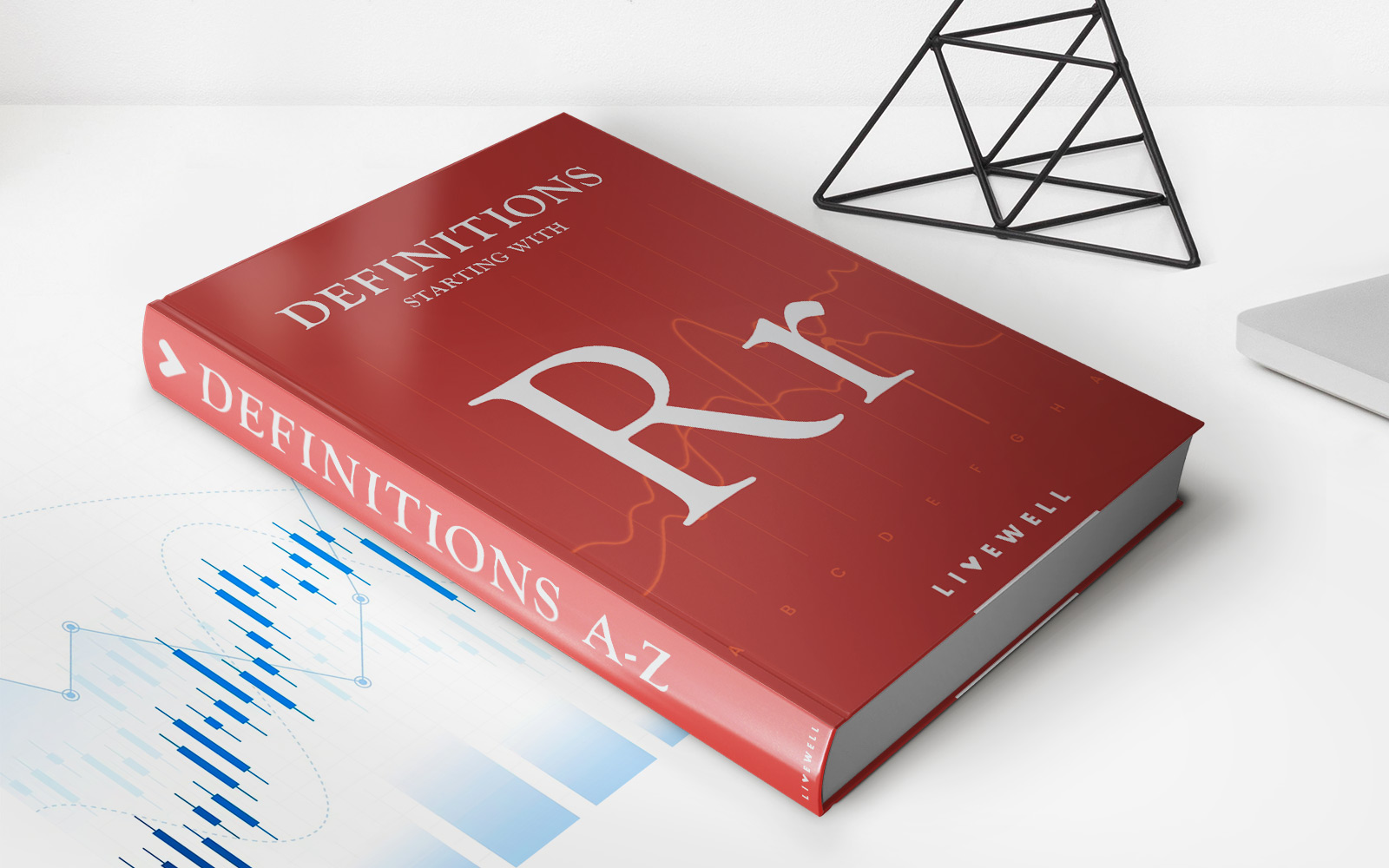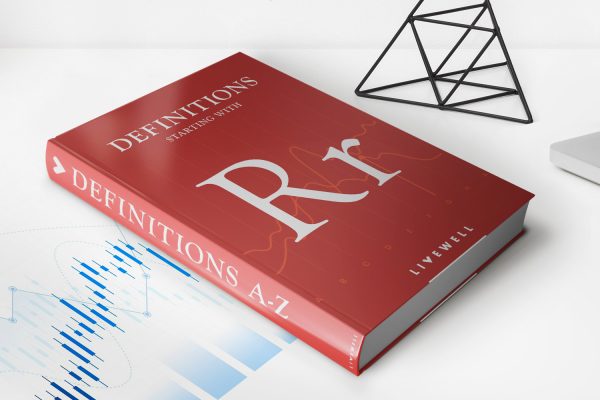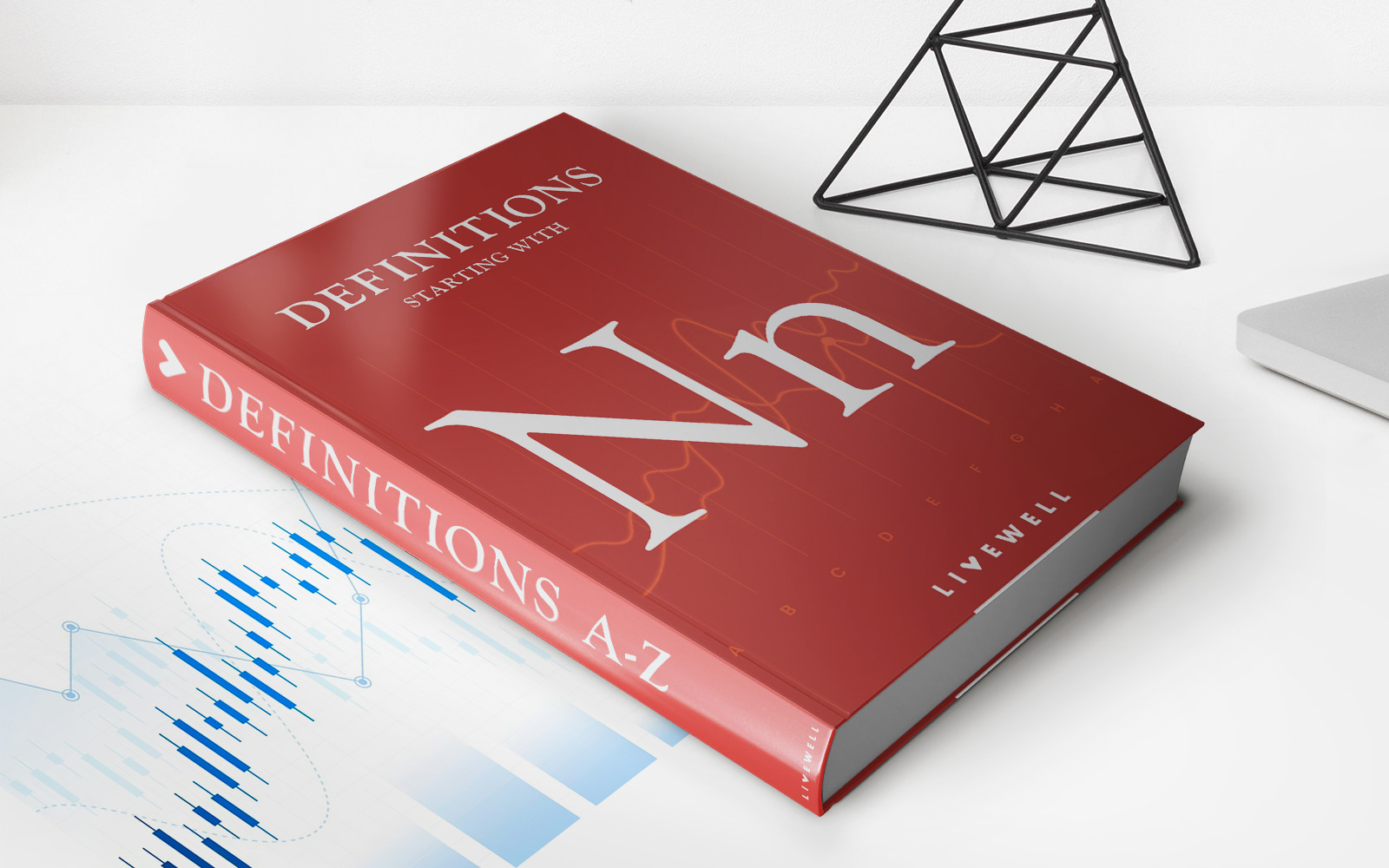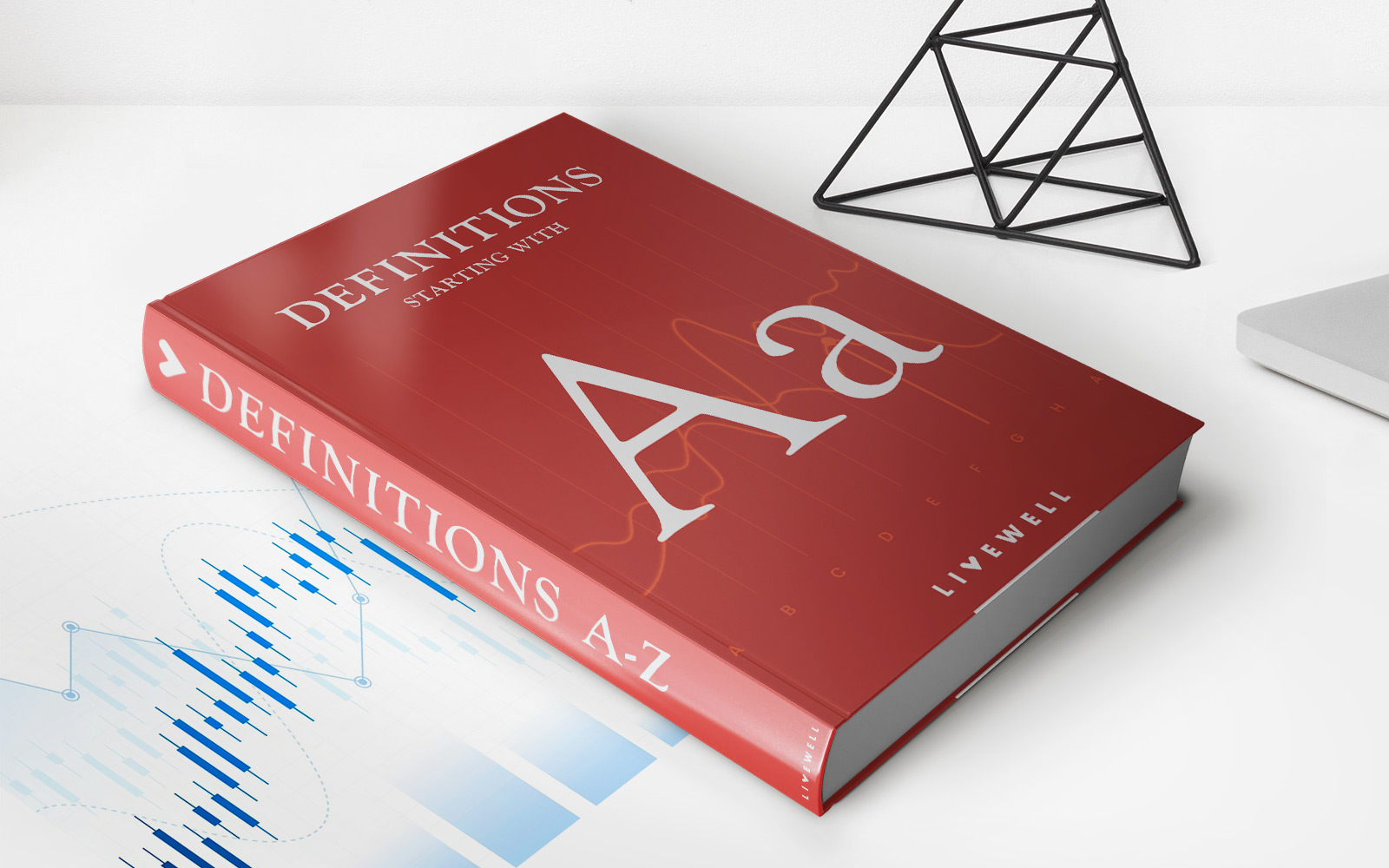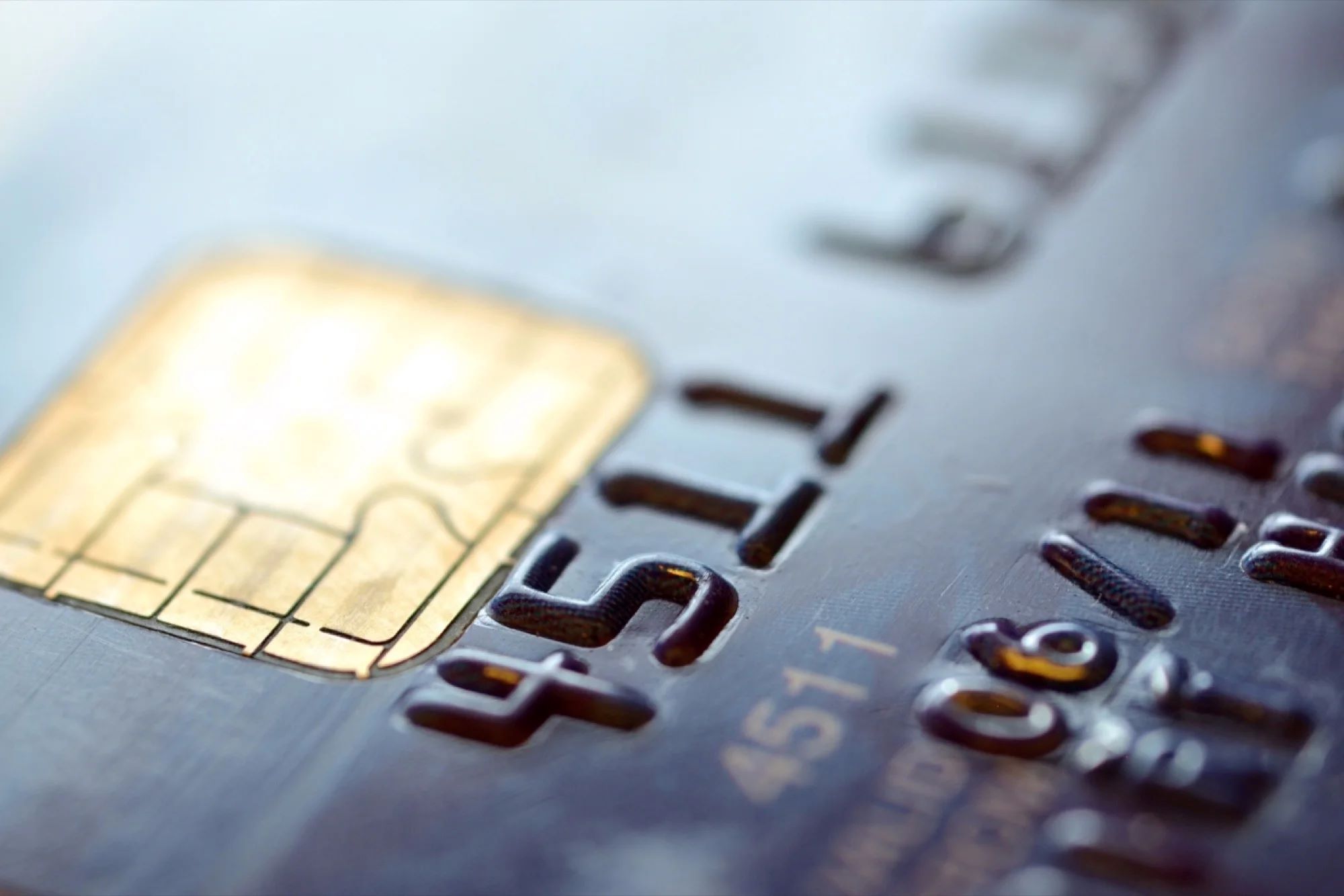

Finance
What Is Revolving Credit Card Debt
Modified: March 6, 2024
Learn about revolving credit card debt and its impact on your finances. Gain insights on managing and reducing debt with effective financial strategies.
(Many of the links in this article redirect to a specific reviewed product. Your purchase of these products through affiliate links helps to generate commission for LiveWell, at no extra cost. Learn more)
Table of Contents
Introduction
Welcome to the world of personal finance, where a deep understanding of credit is essential. One aspect of credit that many individuals encounter is revolving credit card debt. This ubiquitous form of debt can have a significant impact on your financial well-being if not managed carefully.
In this article, we will delve into the ins and outs of revolving credit card debt, exploring its definition, how it works, the pros and cons, tips for managing it, and common misconceptions surrounding it. Whether you’re new to the world of credit or looking to gain a better grasp of this particular type of debt, this article will provide you with valuable insights.
Revolving credit card debt refers to the balance you carry on your credit card, which can fluctuate from month to month. Unlike installment loans, such as a mortgage or auto loan, that have a fixed repayment term, revolving credit allows you to borrow up to a certain limit and pay it back on a more flexible schedule.
This flexibility makes credit cards a popular choice among consumers for making everyday purchases, funding major expenses, or even managing unexpected emergencies. However, if not used responsibly, revolving credit card debt can quickly spiral out of control, leading to a range of financial burdens.
Understanding the dynamics of revolving credit card debt is crucial in order to make informed decisions and avoid falling into debt traps. Throughout this article, we will provide you with valuable insights, tips, and strategies to effectively manage your revolving credit card debt and improve your overall financial health.
Definition of Revolving Credit Card Debt
Revolving credit card debt is a type of debt that is incurred through the use of credit cards. Unlike other forms of debt, such as installment loans, revolving credit does not have a fixed repayment term or set monthly payments. Instead, it allows borrowers to carry a balance from month to month and make minimum payments based on the outstanding balance.
When you have a revolving credit card, you are assigned a credit limit, which is the maximum amount you can borrow. You can use your credit card to make purchases up to this limit, and each purchase you make adds to the total amount of debt you owe. As you make payments on your credit card, the available credit limit is replenished, allowing you to continue using the card.
The minimum payment for revolving credit card debt is typically a small percentage of the outstanding balance, usually around 2-3%. While making the minimum payment may help you avoid late payment fees, it leaves a substantial portion of the debt unpaid and accrues interest charges on the remaining balance.
Interest is a key aspect of revolving credit card debt. Credit card issuers charge interest on the unpaid balance of the credit card each month, typically at a high annual percentage rate (APR). Consequently, if you carry a balance on your credit card from month to month, the interest charges can quickly add up, making it more difficult to pay off the debt.
It’s important to note that revolving credit card debt is considered unsecured debt, meaning it is not backed by a physical asset. Unlike a secured loan, such as a mortgage or auto loan, where the lender can repossess the asset if the borrower fails to repay, credit card debt does not have any collateral tied to it.
Revolving credit card debt is a prevalent form of debt that many individuals encounter. It can be a useful tool for managing expenses and building credit when used responsibly. However, it can also become a burden when misused or not managed effectively. Understanding the definition of revolving credit card debt is the first step towards gaining control over your finances and making informed borrowing decisions.
How Revolving Credit Card Debt Works
Understanding how revolving credit card debt works is essential for effectively managing your finances and avoiding financial pitfalls. Let’s take a closer look at the mechanics of how revolving credit card debt operates.
When you make a purchase using a credit card, the amount of the purchase is added to your outstanding balance. This balance accumulates from month to month until it is paid off. However, if you only make the minimum payment due, the remaining balance carries over to the next billing cycle, and interest is applied to that balance.
Interest charges on revolving credit card debt can be quite high, often ranging from 15% to 25% or more, depending on your credit card terms and creditworthiness. These interest charges can significantly increase the total amount you owe and make it more challenging to pay off your debt.
In addition to interest charges, credit card issuers may also charge fees for certain transactions, such as cash advances or balance transfers. These fees can further increase the cost of revolving credit card debt if not managed carefully.
One crucial aspect of revolving credit card debt is the minimum payment. The minimum payment is the least amount you are required to pay each month to avoid late payment fees and penalties. However, making only the minimum payment will result in the majority of your payment going towards interest charges, while only a small portion goes towards reducing the principal balance.
As you continue to use your credit card and accrue interest charges, your balance can quickly grow over time. Therefore, it is important to make larger payments whenever possible to expedite the payoff process and minimize interest costs.
Revolving credit card debt is an ongoing cycle. As you make payments and reduce your balance, your available credit limit increases, allowing you to continue using the card. This cycle can be advantageous if used responsibly, as it provides convenient access to credit for everyday expenses and emergencies.
However, the ease of access to credit and the ability to only make minimum payments can also lead to overspending and accumulating excessive debt. It’s essential to exercise discipline in managing credit card usage and to regularly monitor your outstanding balance to avoid falling into a never-ending cycle of revolving credit card debt.
Understanding how revolving credit card debt works empowers you to make informed decisions about your finances. By budgeting, making timely payments, and paying more than the minimum, you can keep your debt under control and work towards becoming debt-free.
Pros and Cons of Revolving Credit Card Debt
Revolving credit card debt comes with both advantages and disadvantages. Understanding the pros and cons can help you make informed decisions when it comes to using credit cards and managing your finances effectively.
Pros
1. Convenience: Credit cards offer convenience and flexibility in making purchases. You can use them for online shopping, in-store purchases, and even for emergencies while traveling.
2. Building Credit History: Responsible use of credit cards, including making timely payments and keeping balances low, can help build a positive credit history, which is crucial for obtaining future loans or applying for other financial products.
3. Rewards and Perks: Many credit cards offer rewards programs that allow you to earn cashback, airline miles, or points when you make purchases. These rewards can be beneficial if you use your credit card strategically and pay off your balance in full each month.
4. Purchase Protection: Credit cards often provide additional protection on purchases, such as extended warranties, price protection, and fraud protection. These features can give you peace of mind when making expensive or online purchases.
Cons
1. High-Interest Rates: Revolving credit card debt typically comes with high-interest rates. If you revolve a balance from month to month, the interest charges can accumulate quickly, making it difficult to pay off your debt.
2. Temptation to Overspend: Credit cards can create a temptation to overspend since you don’t have to pay for your purchases immediately. It’s crucial to exercise discipline and avoid using credit cards for unnecessary expenses.
3. Debt Accumulation: If you carry a balance on your credit cards and make only minimum payments, your debt can accumulate rapidly. This can lead to financial stress and potential difficulty in managing your overall debt load.
4. Impact on Credit Score: Carrying high balances on your credit cards can negatively impact your credit score. Credit utilization, which is the ratio of your credit card balance to your credit limit, is an important factor in determining your creditworthiness.
5. Fees and Penalties: Credit cards may have various fees, such as annual fees, late payment fees, and balance transfer fees. These fees can add to the cost of your revolving credit card debt if not managed carefully.
Understanding the pros and cons of revolving credit card debt can help you navigate the credit card landscape responsibly. By making mindful decisions and using credit cards to your advantage, you can leverage the benefits while avoiding the potential drawbacks.
Tips for Managing Revolving Credit Card Debt
Effectively managing revolving credit card debt is crucial for maintaining financial stability and avoiding unnecessary debt burdens. Here are some helpful tips to keep your credit card usage in check and manage your debt responsibly:
1. Create a Budget:
Start by creating a comprehensive budget that outlines your monthly income, expenses, and debt obligations. Having a clear understanding of your financial situation will help you make informed decisions when it comes to using your credit cards.
2. Pay On Time, Every Time:
Make it a priority to pay your credit card bill on time every month to avoid late payment fees and negative impacts on your credit score. Set up reminders or automatic payments to ensure you never miss a payment.
3. Pay More Than the Minimum:
Avoid the trap of only making the minimum payment on your credit cards. Paying more than the minimum will help reduce your outstanding balance faster, saving you money on interest charges, and accelerating your journey towards becoming debt-free.
4. Prioritize High-Interest Debt:
If you have multiple credit cards with varying interest rates, focus on paying off the card with the highest interest rate first. By tackling high-interest debt aggressively, you can minimize the overall interest you’ll pay over time.
5. Keep Credit Utilization Low:
Try to keep your credit card balances below 30% of your credit limit. High credit utilization can negatively impact your credit score and make it more challenging to obtain future credit or loans.
6. Avoid Unnecessary Debt:
Resist the temptation to use your credit cards for impulse purchases or non-essential expenses. Before making a purchase, ask yourself if it’s something you truly need or if it can be postponed until you have the funds to cover it without relying on credit.
7. Monitor Your Statements:
Regularly review your credit card statements to ensure all charges are accurate and there are no fraudulent transactions. Report any discrepancies or suspicious activities to your credit card issuer immediately.
8. Consider Balance Transfers:
If you’re struggling with high-interest credit card debt, explore the option of transferring balances to a credit card with a lower interest rate. Be mindful of any balance transfer fees and the terms and conditions of the new card.
9. Seek Professional Help if Needed:
If your revolving credit card debt becomes overwhelming and you’re unable to manage it on your own, consider seeking assistance from a reputable credit counseling agency or a financial advisor. They can provide guidance and help develop a plan to get your debt under control.
By implementing these tips and adopting responsible credit card habits, you can effectively manage your revolving credit card debt, reduce financial stress, and work towards achieving your long-term financial goals.
Common Misconceptions about Revolving Credit Card Debt
Revolving credit card debt can be a complex topic, and there are several common misconceptions surrounding it. Let’s debunk some of these misconceptions to gain a better understanding of how revolving credit card debt works:
1. Minimum Payments are Sufficient:
One of the most significant misconceptions about revolving credit card debt is the belief that making only the minimum payment is sufficient. While making the minimum payment helps you avoid late fees, it does little to reduce the principal balance. By paying only the minimum, you’ll end up paying significantly more in interest charges and prolonging the time it takes to repay your debt.
2. Carrying a Balance Boosts Credit Score:
Contrary to popular belief, carrying a balance on your credit card does not improve your credit score. In fact, high credit card balances can negatively impact your credit utilization ratio, which is an essential factor in determining your creditworthiness. To maintain a healthy credit score, it’s best to keep your credit card balances low in relation to your credit limit.
3. Closing Credit Card Accounts Eliminates Debt:
Many individuals believe that closing their credit card accounts will automatically eliminate their debt. However, closing credit card accounts does not erase the outstanding balance. You are still responsible for paying off the balance, even after the account is closed. Closing accounts can also negatively impact your credit utilization ratio and credit history, potentially lowering your credit score.
4. Only Paying the Minimum Won’t Hurt My Credit:
Making only the minimum payment on your credit card may help you avoid penalties and late fees, but it can still have a negative impact on your credit score. Your payment history is a crucial factor in determining your creditworthiness. Credit card companies report the minimum payment as on-time, but carrying a high balance and consistently making only the minimum payment can signal financial strain and negatively impact your credit score.
5. Using Cash is Better Than Using Credit Cards:
While using cash for your purchases can help you avoid debt, it does not contribute to building a positive credit history. Responsible use of credit cards, including making timely payments and keeping balances low, can help build a strong credit history, which is essential for obtaining future loans, such as a mortgage or car loan. Additionally, credit cards offer benefits such as rewards and purchase protections that cash cannot provide.
6. Paying Off One Credit Card with Another is a Solution:
Using one credit card to pay off another may seem like a solution to debt, but it is merely shifting the debt from one place to another. Unless done strategically with lower interest rates and a solid repayment plan, this method can lead to a cycle of continuously transferring balances and accumulating more debt in the process.
By debunking these common misconceptions, you can develop a better understanding of revolving credit card debt and make informed decisions about managing your finances. Seek reliable information and adopt responsible credit card habits to effectively manage your debt and improve your overall financial well-being.
Conclusion
Revolving credit card debt is a common and often misunderstood aspect of personal finance. By understanding the definition, mechanics, pros and cons, and effective management strategies, you can take control of your credit card usage and avoid unnecessary debt burdens.
While revolving credit card debt offers convenience and the potential to build credit, it also comes with risks, such as high-interest rates and the temptation to overspend. It’s essential to use credit cards responsibly, make timely payments, and keep balances low to maintain a healthy credit score and financial well-being.
Strategies for managing revolving credit card debt include paying more than the minimum payment, prioritizing high-interest debt, and creating a budget to track your income and expenses. Monitoring your credit card statements, avoiding unnecessary debt, and seeking professional help when needed are also important steps to take.
By dispelling common misconceptions surrounding revolving credit card debt, such as the belief that minimum payments are sufficient or that carrying a balance improves your credit score, you can make informed decisions about your credit card usage and work towards becoming debt-free.
Remember, the key to successful management of revolving credit card debt lies in responsible financial behavior, regular monitoring of your debts, and making proactive efforts to pay off your balances.
It’s your financial future at stake, so take control of your revolving credit card debt today and pave the way towards a more secure and prosperous financial future.










